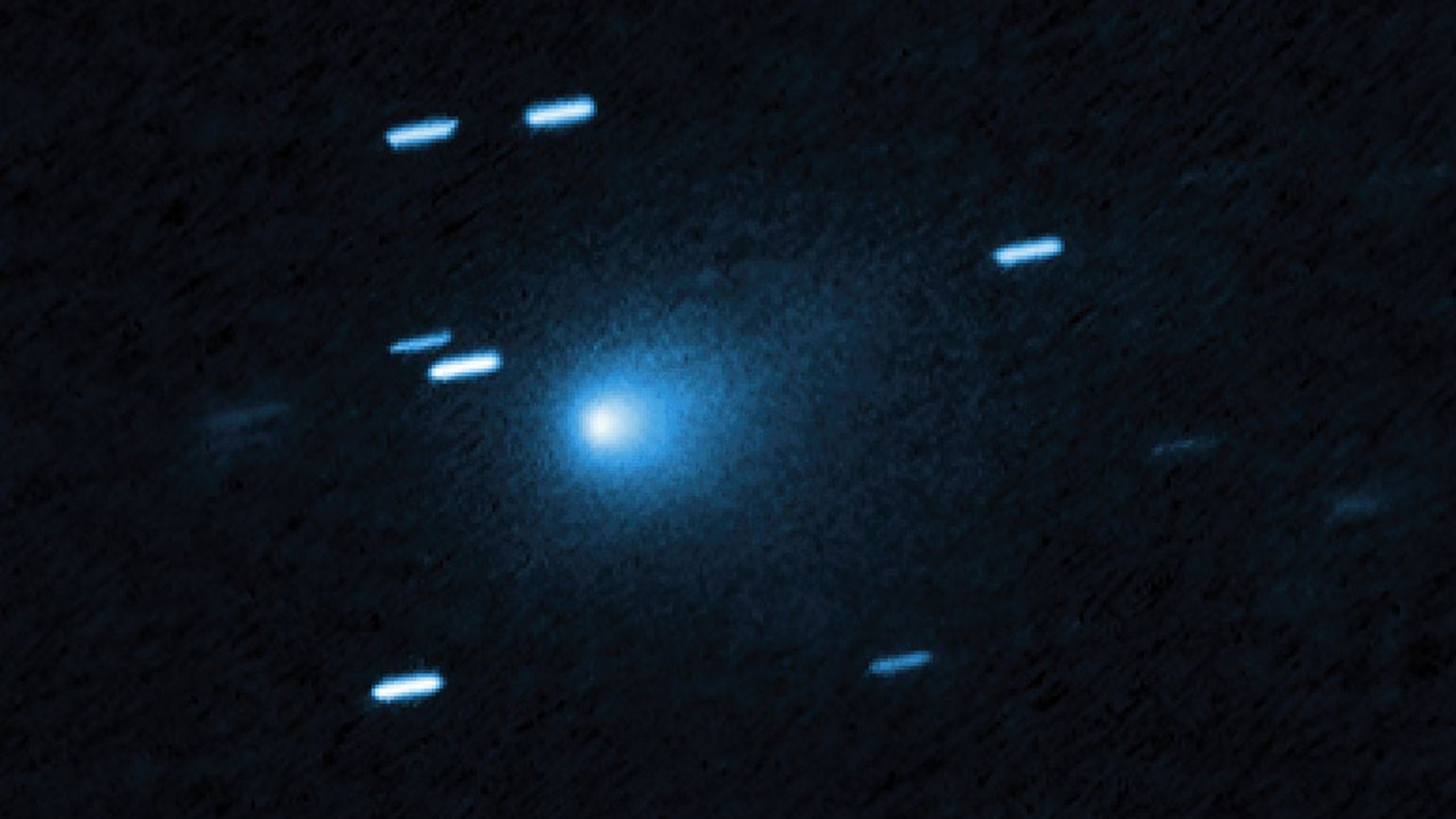Jupiter's ocean moons raise tides on each other

Jupiter's "ocean world" moons may have strong gravitational effects on each other, raising big tides in each others' subsurface seas, a new study suggests.
Surprisingly, these moon-moon tidal forces might generate more heat in the satellites' oceans than the gravitational tugs of giant Jupiter, study team members found.
"That’s kind of interesting, because Jupiter is the biggest mass in that system, so its tidal forces are much bigger than one moon on another," lead author Hamish Hay, who performed the work while at the University of Arizona's Lunar and Planetary Laboratory, said in a statement.
Related: The Galilean moons of Jupiter (photos)
Hay and his colleagues modeled the gravitational interactions among Jupiter's four large Galilean moons — Io, Europa, Callisto and Ganymede. The latter three are thought to harbor huge oceans of liquid water beneath their icy shells, whereas powerfully volcanic Io might have a subsurface sea of molten rock.
The researchers determined that the Galilean moons have an outsized influence on each other thanks to "tidal resonance" — basically, a reinforcing sync-up of a gravitational tug and the natural rocking of the satellites' oceans. The moons are more tidally resonant with each other than with Jupiter, which explains why the giant planet's powerful pull doesn't translate into bigger tidal effects.
As an example: Hay and his team calculated that Jupiter's tug could generate a tidal wave in Europa's buried ocean if that sea were about 660 feet (200 meters) deep. Little Io, by contrast, could get a strong wave going in a Europan ocean 50 miles (80 kilometers) deep.
Breaking space news, the latest updates on rocket launches, skywatching events and more!
Astronomers suspect that Europa's sea, one of the most promising abodes for alien life in the solar system, is more than 50 miles deep, but nobody knows the actual figure. Tidal resonance among the Galilean moons could help them nail that measurement down, however. If moon-moon tides are strong enough, the icy surfaces of Europa, Callisto and Ganymede could pulse in and out, study team members said.
"If you can measure the rate at which the moon’s surface is moving up and down, then that would be a way to tell you how thick the ocean might be," Hay, who's now at NASA's Jet Propulsion Laboratory in Southern California, said in the statement.
The new study was published last month in the journal Geophysical Research Letters.
Mike Wall is the author of "Out There" (Grand Central Publishing, 2018; illustrated by Karl Tate), a book about the search for alien life. Follow him on Twitter @michaeldwall. Follow us on Twitter @Spacedotcom or Facebook.

Michael Wall is a Senior Space Writer with Space.com and joined the team in 2010. He primarily covers exoplanets, spaceflight and military space, but has been known to dabble in the space art beat. His book about the search for alien life, "Out There," was published on Nov. 13, 2018. Before becoming a science writer, Michael worked as a herpetologist and wildlife biologist. He has a Ph.D. in evolutionary biology from the University of Sydney, Australia, a bachelor's degree from the University of Arizona, and a graduate certificate in science writing from the University of California, Santa Cruz. To find out what his latest project is, you can follow Michael on Twitter.
